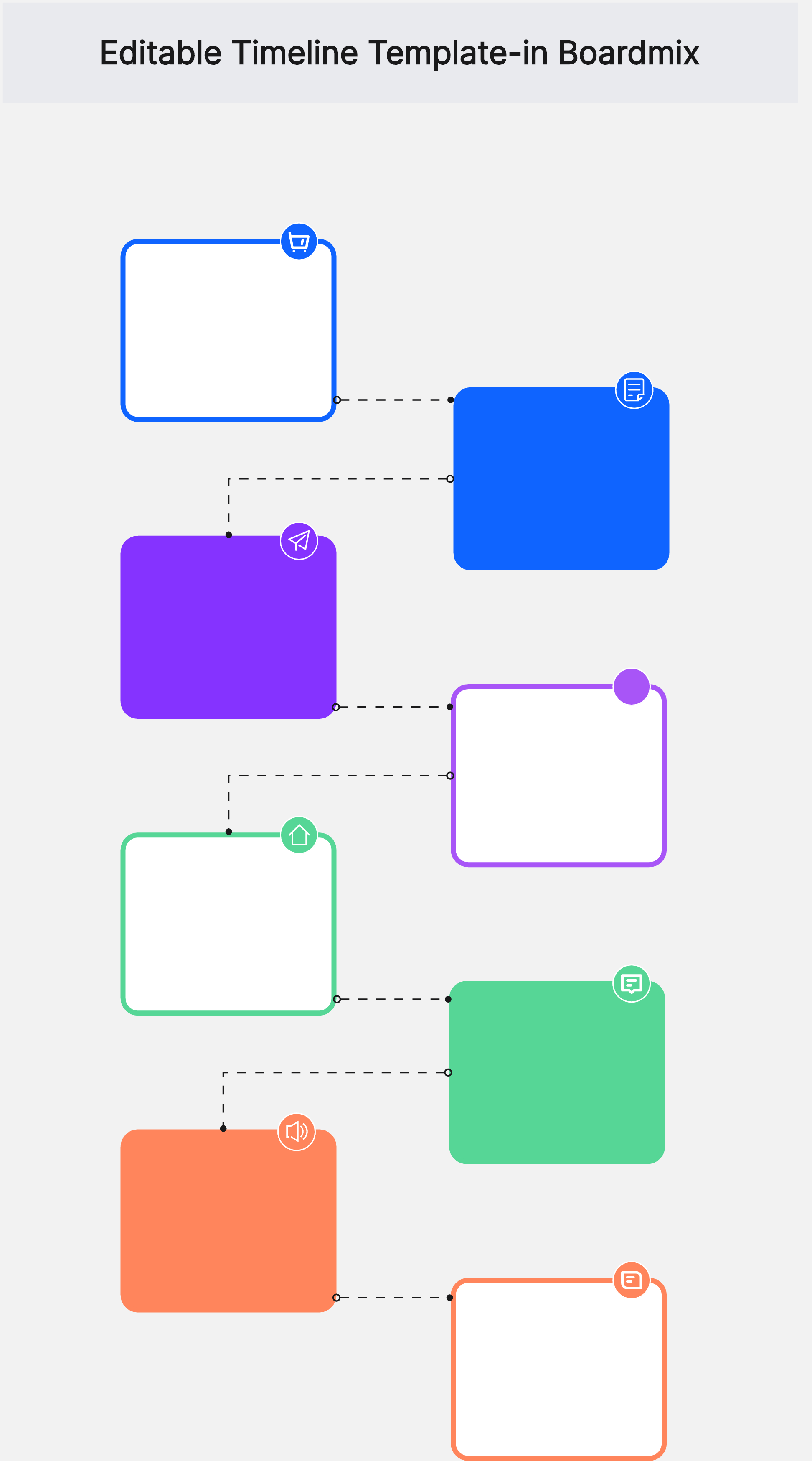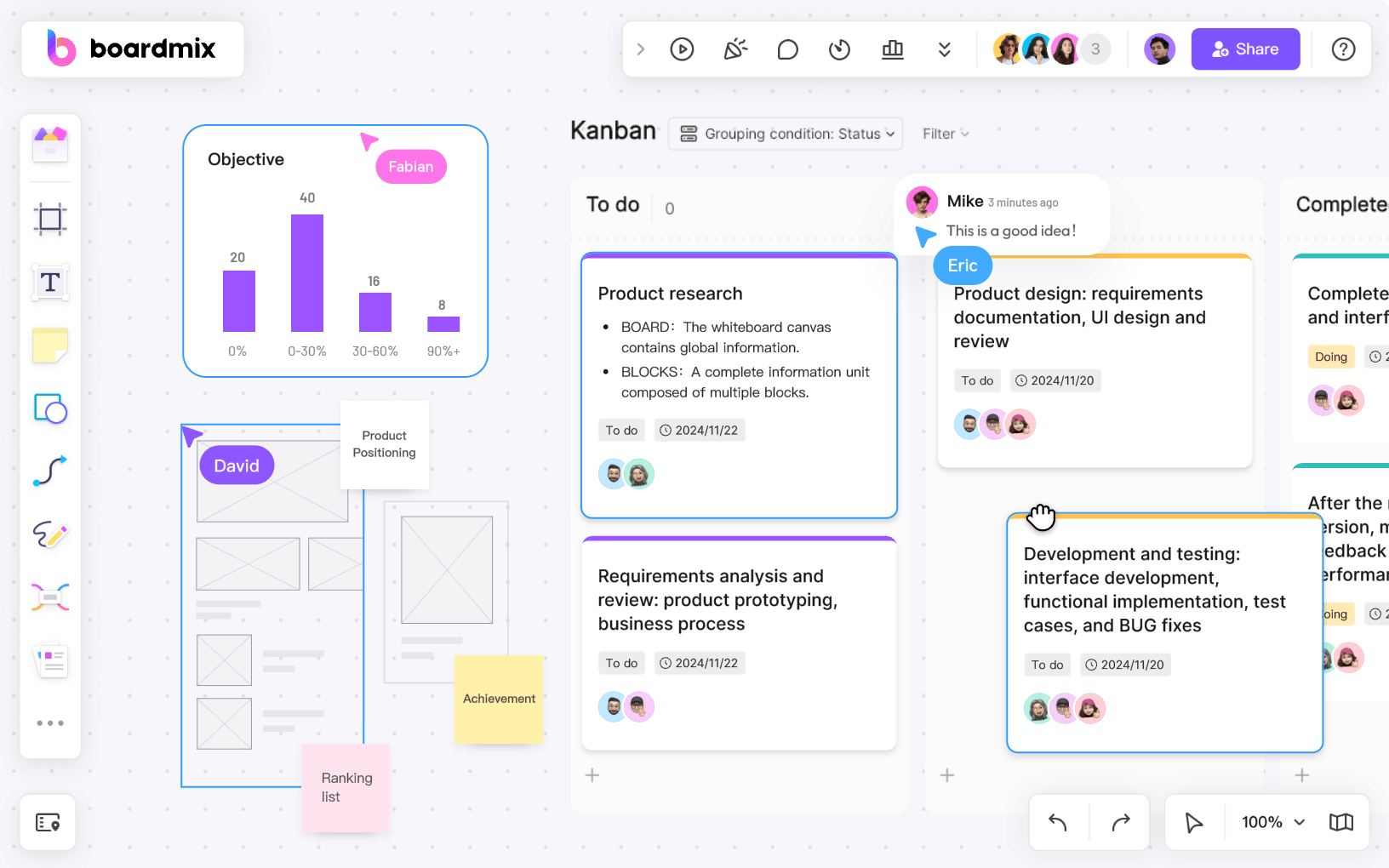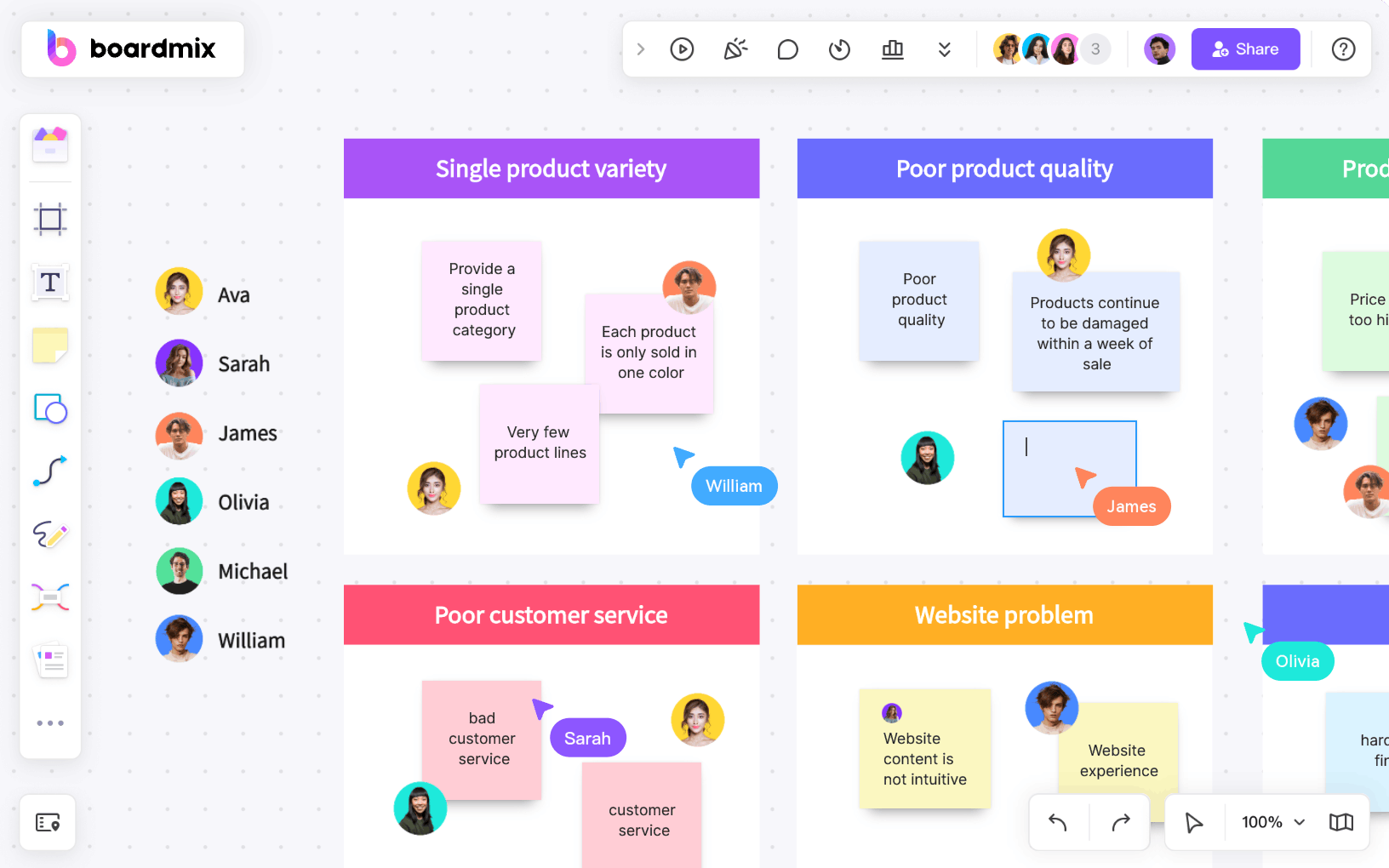Embarking on an Atomic Model timeline project can be likened to stepping into a time machine, journeying through the pivotal moments of scientific evolution. It's about tracing the progression of atomic theory, from the earliest philosophical musings to the sophisticated quantum models of today. So, how do you chart this scientific saga? What key milestones should your timeline include? Most importantly, how to create a project timeline as individuals? Let's explore these questions together, unraveling the fascinating journey of atomic models in science.
What is the Atomic Theory Timeline Project?
The timeline of the atomic theory is a chronological sequence of key discoveries and developments in our understanding of the nature and structure of atoms. Here is a brief overview of the timeline:

- Ancient Greece (5th century BCE): The concept of atoms was first proposed by ancient Greek philosophers, including Democritus and Leucippus. They believed that atoms were indivisible and indestructible particles that make up all matter.
- 19th century: The scientific study of atoms gained momentum with the work of John Dalton. In 1808, Dalton proposed his atomic theory, which stated that all matter is composed of tiny, indivisible particles called atoms.
- Late 19th century: The discovery of the electron by J.J. Thomson in 1897 revolutionized our understanding of atomic structure. Thomson's experiments with cathode rays led to the identification of negatively charged electrons as subatomic particles.
- Early 20th century: Ernest Rutherford conducted the famous gold foil experiment in 1911, which led to the discovery of the atomic nucleus. Rutherford proposed a model where most of the atom's mass and positive charge is concentrated in a tiny, dense nucleus, while the electrons orbit around it.
- 1913: Niels Bohr developed the Bohr model of the atom, which introduced the concept of energy levels or shells. According to this model, electrons occupy specific energy levels around the nucleus and can transition between these levels by absorbing or emitting energy.
- 1920s: The development of quantum mechanics by scientists like Werner Heisenberg and Erwin Schrödinger revolutionized our understanding of atomic structure. Quantum mechanics describes electrons as wave-like particles with properties that can only be predicted probabilistically.
- 20th century onwards: Further advancements in technology, such as the invention of electron microscopes and particle accelerators, have allowed scientists to explore atomic structure and behavior in greater detail.
This is just a brief overview of the timeline of the atomic theory. The study of atoms and their behavior continues to evolve with new discoveries and advancements in scientific research.
What are the 5 Major Historical Models of Atomic Theory?
When talking about the atomic model timeline project, the Scientists' understanding of atoms has gone through several stages, and the following are five main historical models.
1. Dalton's Atomic Theory (1803)
British chemist John Dalton proposed that matter is composed of indivisible, indestructible tiny particles—atoms. He also pointed out that the atoms of each element have the same mass, while the atomic masses of different elements are different.
2. Thomson's "Plum Pudding Model" (1897)
British scientist J.J. Thomson proved through experiments that there are negatively charged particles inside atoms, which he called electrons. He proposed the "plum pudding model", believing that an atom is a sphere with a positive charge, and electrons are dispersed in it like fruit pieces in a pudding.
3. Rutherford's Atomic Model (1911)
New Zealand scientist Ernest Rutherford proposed a new atomic model through a gold foil experiment. He believed that the center of an atom is a small and dense positive nucleus, and electrons move around the nucleus.
4. Bohr's Atomic Model (1913)
Danish scientist Niels Bohr modified Rutherford's model. He proposed that electrons move on specific orbits at a certain distance from the nucleus, and electrons on different orbits have different energies.
5. Quantum Mechanical Model (1926)
This model is also known as the cloud model or wave mechanics model, proposed by Schrödinger and Heisenberg. They believed that it is impossible to know exactly the position and speed of an electron, but only calculate the probability of finding an electron in a specific area.
These models were continuously put forward by scientists in their exploration process of atomic nature each providing breakthrough perspectives for people to understand the material world under specific time conditions.
How Can I Make a Timeline Project?
Creating a timeline project can help you depict the development process of a series of events clearly. Here are the specific steps to create a timeline project.
1. Determine the Theme of The Timeline
Decide what your timeline will depict. It could be historical events, the development history of a company, personal life milestones, or the progress of a project, etc. After determining the theme, you can start collecting relevant information.
2. Collect and Organize Information
Conduct in-depth research based on your theme and collect relevant information. The information can come from books, the internet, reports, etc. After collecting the information, you need to organize it and make sure it is arranged in chronological order.
3. Determine the Scope of The Timeline
Determine what period your timeline will cover. For example, if you are creating a timeline of company history, it may start from the year the company was founded and go up to now.
4. Create the Timeline
Now you can start creating the timeline. Choose appropriate tools according to your needs such as PowerPoint, Excel, and online timeline creation tools like Boardmix, then start marking events on the timeline based on your organized information.
5. Add Detailed Information
Add detailed descriptions under each event explaining what each event is about and why it is important if possible, also add pictures or other visual elements to enhance expression.
6. Review and Modify
After completion carefully check your timeline ensuring all information is accurate and clear if it’s possible, let others also look at your timeline and give feedback.

Pros of Making Timeline Project in Boardmix
Boardmix is a powerful project management tool that makes creating timeline projects simpler and more efficient. Here are some advantages of creating a timeline project in Boardmix.

1. Easy to Use
Boardmix has an intuitive user interface, even those unfamiliar with technology can quickly get started. It provides various templates, and you can choose the one that best suits your project as needed.
2. Real-time Collaboration
Boardmix supports real-time collaboration, which means your team members can edit and view the project timeline online at the same time. This greatly improves the efficiency of team collaboration.
3. Dynamic Updates
You can easily add, modify, or delete events on the timeline. Any changes will be immediately reflected on the timeline, allowing you to easily track project progress.
4. Complete Record
Boardmix can automatically save all historical versions, meaning you can review historical data and view modification records for each task or event.
5. Rich Visual Effects
Boardmix provides rich visual tools such as color coding, icons etc., which can help you create attractive, information-rich project timelines.
6. Compatibility
Boardmix is compatible with a variety of mainstream browsers and devices, so you can access and edit your project timeline wherever you are.
Creating timeline projects in Boardmix can make your project management easier and more organized. Now give it a try and organize your project visually.
Conclusion
Delving into the timeline of the atomic theory is a fascinating journey through the evolution of scientific thought. Creating an Atomic Theory Timeline Project provides a unique opportunity to unravel the narrative of scientific evolution. For those looking to embark on their own atomic model timeline project, Boardmix stands out as an invaluable online collaborative teamwork tool. The user-friendly interface and collaborative features simplify the process of creating visually engaging timelines. Assembling the atomic theory's historical models becomes a seamless and interactive experience with Boardmix.














